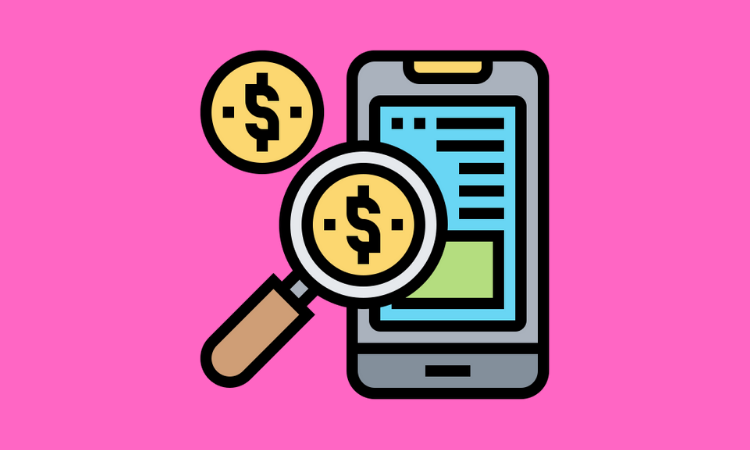Innovation, Podcasts
Inside First National Bank of Omaha’s launch of a digital consumer loan
- The largest privately-held U.S. bank recently launched a digital loan product.
- To do so, it partnered with digital lending specialist, Upstart.








